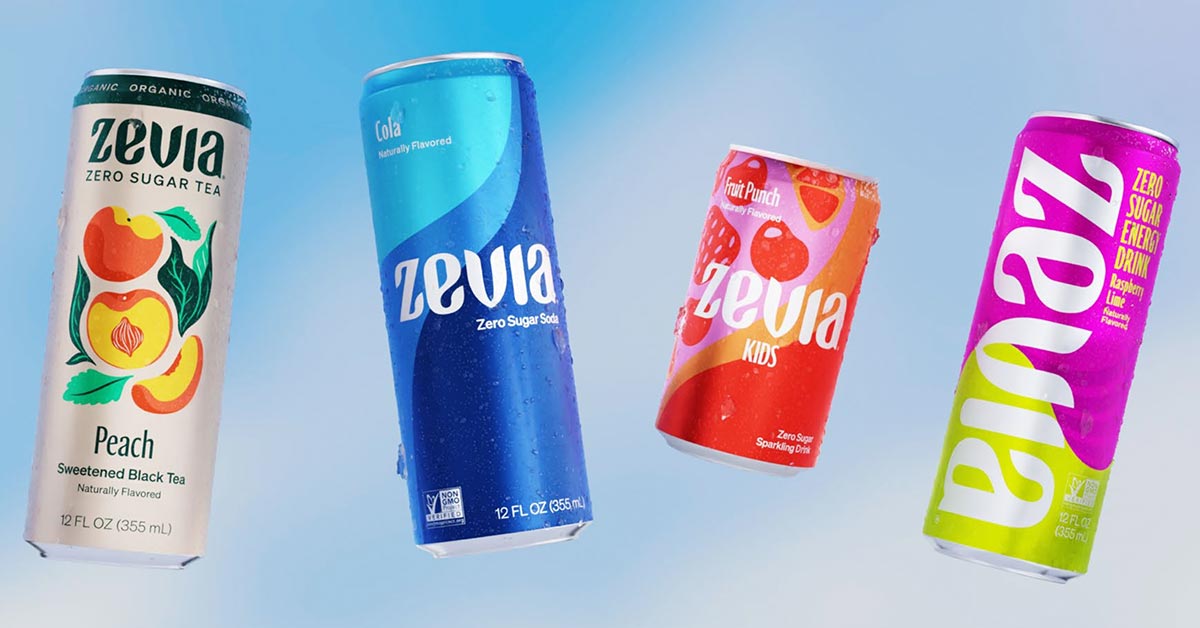Net sales and volumes were down for Zevia during Q2 reflecting a mixed recovery in on-shelf distribution by channel, including some temporary challenges in club, according to the brand’s quarterly earnings report released yesterday.
The stevia-sweetened soda producer saw net sales decline 4.3% year-over-year to $40.4 million and a 5.9% ($4.3 million) drop in volumes in the second quarter, with an adjusted EBITDA loss of $4.4 million. Gross profit fell 14% to $16.9 million.
Gross profit margin was 41.9% in Q2, a decrease of 4.7 percentage points compared to the prior year period, primarily driven by inventory write-downs related to club-specific excess from a loss of distribution. During today’s call with investors, president and CEO Amy Taylor said this was part of a broader effort to more stringently manage working capital and improve Zevia’s cash position.
Despite a soft first half of the year, there are indicators the brand is improving: as of June 30, Zevia had $28.9 million in cash and cash equivalents, no outstanding debt, and an unused credit line of $20 million. Additionally, the company said demand “is healthy,” and shopper spending levels continue to rise.
The better-for-you soda brand is also beginning to see improvements around the optimization of its contract manufacturing strategies, reduced shipping and logistics costs and improved product costs.
“We delivered net sales above our guidance in the second quarter, and scan sales reflect accelerating retail growth trends through the quarter and into July,” said Taylor in a prepared statement, adding that recent four-week scan data for Zevia was double-digits and ahead of the CSD category in both dollars and units.
Looking ahead, net sales for Q3 are expected to return to the mid-40s and show sequential improvement in upcoming quarters. The projections for margin expansion are inclusive of greater promotional activity at retailers to drive velocity.
Update on Shift to DSD
Zevia initiated its DSD rollout in the Pacific Northwest in the second quarter, marking a shift in distribution strategy from ambient multipacks to refrigerated single cans. According to Taylor, the pivot will enable single distribution and channel expansion while improving in-store presence and promotional effectiveness.
“Our new regional distribution partners are driving same-store sales improvement and opening outlets in new channels in their first weeks in the market as expected, and we see proof of our increasing marketing efficacy as retail sales from key focus metros significantly outperform,” said Taylor.
Though still in its early stages, the brand has seen promising signs of adoption in the convenience channel as it activates plans to expand geographically. Additionally, Zevia says it is ready for breakout growth as the brand invests in marketing and introduces trial packages.
